
IN MEMORIAM
IT IS WITH GREAT DESPAIR AND REGRET THAT WE HAVE LOST A CORNERSTONE MEMBER OF OUR TEAM. STEVE ROTHMAN KENNY WAS NOT ONLY A WARRIOR TO US ALL; HE WAS A FAMILY MEMBER, FACILITATOR, AND, MOST IMPORTANTLY, A GOOD FRIEND. STEVE DID NOT SURVIVE AN EJECTION FROM HIS A-4 SKYHAWK. THIS BOOK IS DEDICATED TO STEVE. WE WILL ALWAYS HAVE ROTHMAN IN OUR HEARTS AND ON OUR MINDS.
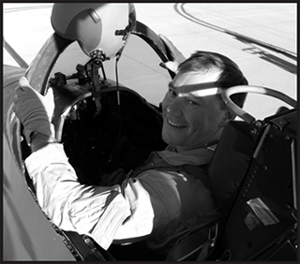
T he fact that a fighter pilot can write one book should be cause enough for celebration; the fact that this is my second book shows the importance of teamwork! As with most things in life, this book was a team effort, and I have been blessed with being associated with many great and talented teams. I would like to take this opportunity to thank the many people who have been part of these teams and contributed to this work, and at Afterburner.
Big kudos must go to Doug Keeney, whose selfless hours, patience, and time spent with me coaching, editing, and guiding me through the process of becoming an author were invaluable. I especially thank my friend and partner Colonel John Warden and his staff for giving me the go-ahead to incorporate many parts of the Prometheus Process into this book and our teaching at Afterburner. Colonel Wardens work has truly been an inspiration to us all. To Mr. Walt Hauck, whom I consider one of the greatest business leaders I have met in my nine years of corporate training; your leadership at Pfizer and the incredible work you have done with the Informatics team is nothing short of phenomenal. Thanks for validating our process, and thank you for all of your support.
To my close friend and business confidant Ron Bogdanovich, thank you for your time and effort in editing and keeping this book real.
And most of all I thank the men and women on our team at Afterburner, whose collective intellectual property is the foundation of this book and our way of life at Afterburner. You guys are Sierra Hotel! Special thanks must go out to Michael Pisser Kenny for all of his great work on debriefing and execution. I also recognize the great things our Intellectual Property Board has brought to this book, so I thank these team members: Rick Dewey White, Charles Skammer Skoda, Dan Razin Cain, Matt Whiz Buckley, Cat Radar Peck, and Steve Richter McShea for all of your great work on the Flawless Execution Model.
To my partnersmy wingmen, the best in the world, Anthony AB Bourke and George Gundawg Dragushwithout your critical eye, unwavering mutual support, and insistence to strive daily to Flawlessly Execute in your lives and at Afterburner, this book would not be possible.

CONTENTS
I am an American fighter pilot. I fly the United States Air Forces F-15 fighter, a supersonic jet with twin afterburning engines that ranks among the premier aircraft in the world. I can scramble to the jet, jump in, and, with just a few movements of my hands, crank up the engines, scan the 350 switches and dials in my cockpit, push up throttles to full afterburner, and in a matter of seconds be in a vertical climb and passing through 15,000 feet. Once Im airborne, I am in command of a jet capable of dogfighting on either side of the sound barrier. I can climb high enough to see the curvature of the earth, or fly 500 feet off the ground in the black of night. Either way, when were on a mission, when this plane and I are in our groove, its comfortable; its under control. I am one with this jet; I am defined by this intensely intimidating, highly effective, extremely lethal machine that can be sent virtually anywhere in the world.
The key word in that previous paragraph is whenwhen we work together. A supersonic jet is a temperamental beast. It is built for speed and agility. Those attributes give me a decided advantage in the air but I do pay a price for them. Fast and agile though the F-15 is, it operates inside an envelope that has razor-thin margins for error. This jet demands that I give it my undivided attention. Its constantly testing me. Sometimes I have just seconds to make choices that can save me or kill me. Fixate on one instrument and I lose the data from anotherperhaps I fly it into the ground. If I dont listen carefully to the sounds this jet feeds me, I wont hear tones in my helmet or important radio calls from my wingman, and its game over. Throw in checking my wingmans six, terrain clearance, working my radar, weapons selection, navigation, making sure I know where the enemy is, and managing my avionics, and you can see how fighter pilots live and breathe the word execution. I have to be sharp, alert; my situational awareness has to be crackling like fireworks. I have to sense and see things that ordinary people would not. In a nutshell, I have to executeflawlesslyor this environment, this jet, this business of flying supersonic aircraft, will kill me.
Thats the world of a fighter pilot. Its life at Mach Onefast, and in many ways thrilling, but absolutely unforgiving. Small mistakes can be lethal; our margins for error are tinytheres just no room for a pilot who doesnt stay ahead of the jet. Theres no room for sloppy execution.
That was then. Now is now. Now Im a businessman. I specialize in the art of improving corporate and individual execution, which, simplified, is nothing more than the ability of one person to perform his task without repetitive mistakes. I specialize in this art because its how I lived my life as an F-15 fighter pilot. If I failed to execute my mission properly, there was an incredibly good chance I was going to be a smoking hole in the ground. Not a nice day. The pursuit of flawless execution was the dividing line between life and death, between a successful mission and a scrub, between losing a wingman and bringing your squadron home together.
But was it so important in business? I thought it should be, but there were far too many examples around me that together seemed to say that flawless execution really didnt matter. Salespeople could have their sales pitches shot full of holes and suffer little more than the temporary misery of a long flight home. In the field, a technician or an installer or a repair man could spend two hours on a job site that required only oneand the company was no worse for the wear. And how many times had I seen a front desk clerk at a hotel or a sales clerk in a store bumble the most basic questions? I couldnt count. In business, if you failed to execute your mission properly, there was always another day. Sure, a promotion might be delayed, but the reality is, in the F-15, you die; in the boardroom, the corporate vice president has another day.
I started Afterburner, Inc. in 1996. I developed a training syllabus that demonstrated to corporate America how the unique tools used to train fighter pilots could be used in business to raise an individuals level of executionas well as a corporations. The better each individual executed, the more certain the corporate mission would be successful. As more and more people learned the tools and applied them,


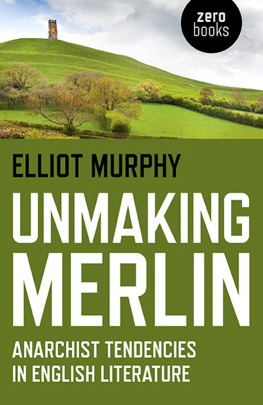




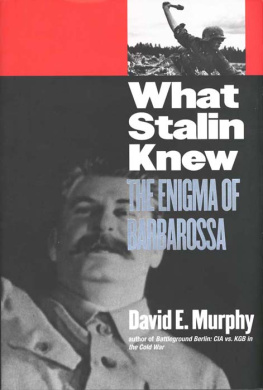
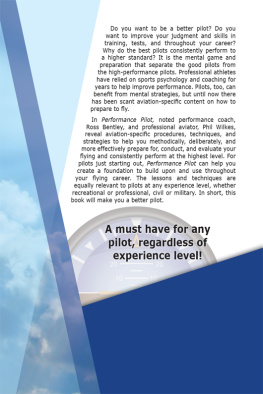
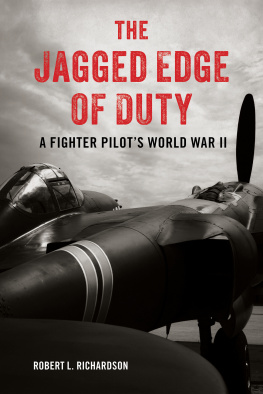
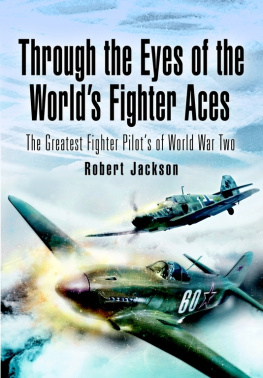

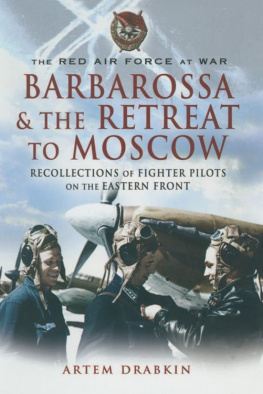
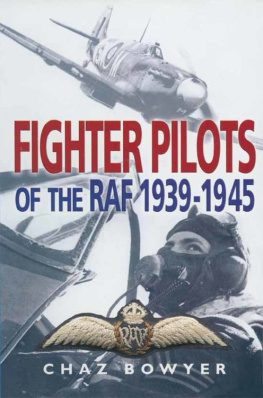
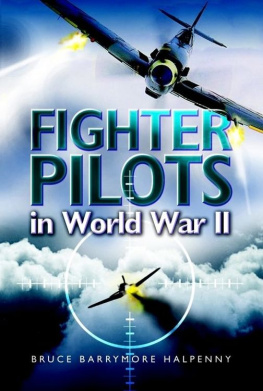
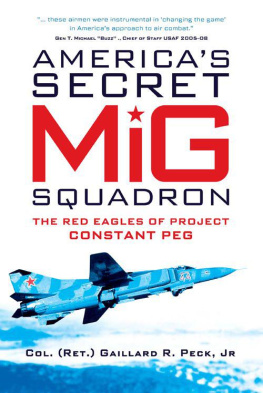



 IN MEMORIAM
IN MEMORIAM
 CONTENTS
CONTENTS